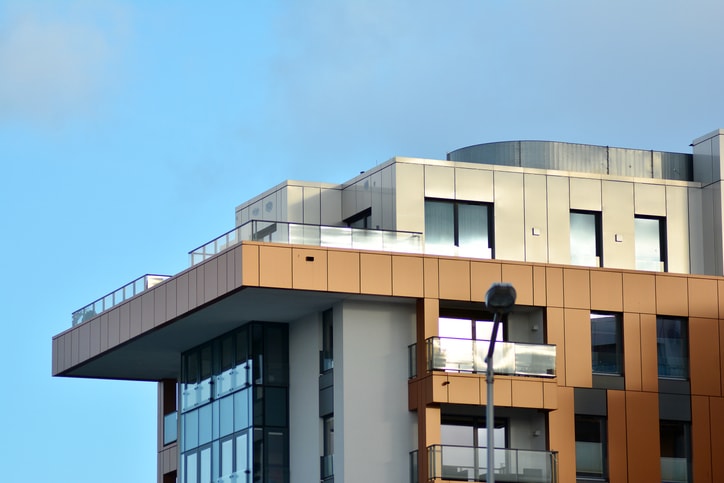Tuesday, June 24, 2025
The company Gablok proposes a waste-free construction system in which energy isolation and efficiency are combined with clicking blocks, in the classic style of this popular game.
By Dalia Alonso
It's your birthday and among the boxes of gifts, there’s one that stands out for its weight and size. You tear off the paper and you encounter a drawing of an airplane, a spacecraft or a building, and below, an unmistakable trademark: Lego. The iconic toy, which emerged in Denmark in the 1930s, has formed a part of the childhood of millions of children, becoming a global icon of architecture owing to its endless possibilities of construction.
In 2018, the architect Gabriel Lakatos drew inspiration from the classic toy in designing his own sustainable construction system. The Gablok system, like Legos, is based on insulating blocks that are assembled with a click, generating minimal waste and impact on the environment, in accordance with the principles of sustainable architecture.
This type of architecture takes into account the entire construction process of a building, from the manufacture of the first brick all the way to the recycling or final disposal of the building, as well as the impact this process has on the environment and the people who inhabit it. According to Antonio Maciá, professor at the University of Alicante, it is “a type of architecture that adapts to the needs of the people who inhabit it in pursuit of their physiological, emotional, and even cognitive well-being.”
But is it really possible to build a house as if it were a Lego? Gablok blocks are made Oriented Strand Board (OSB), a 100% recyclable material, to which expanded graphite polystyrene (EPS) is added as insulation. EPS requires minimal water and energy expenditure for its manufacturing, and it is also 100% recyclable, ensuring a minimal impact on the environment even in the final phase of the building.
In addition, the construction process is very simple, almost like a game: after receiving the necessary blocks for an architect-endorsed project, the blocks are joined together with no need for toxic waste. The process is quick and safe, as the blocks weigh about eight kilos, which avoids the use of heavy machinery, and can be applied to any type of project, such as Lego blocks. Its 100% recyclable and reusable materials ensure lower energy use owing to its insulation, reducing costs in both the short and long term.
After construction, due to the simplicity of the process, there is less waste and therefore, the immediate impact on the environment is minimal: the company speaks of waste-free construction.
“The transfer of research to society is always good news,” concludes Maciá. “This system allows for manufacturing in an industrial setting, shortening construction times, and with simple parts and a clear growth system, it can simultaneously meet multiple requirements.”
Sustainable architecture in Spain
In Spain, the construction sector currently accounts for 5.3% of GDP, and the intent is to reach 9%, as stated by the Minister of Economy, Carlos Cuerpo. The importance of this industry necessarily goes hand in hand with the need and will for sustainability to become one of its pillars. The use of recycled and recyclable materials, energy efficiency, and high energy performance facilities are some of the requirements to be able to classify a building as sustainable in Spain. The Green Building Council Spain (GBCE) favors taking into account factors that go beyond reducing the environmental impact. An example would be “the need for a model of circular or non-linear economy, or the importance of health and its relationship with construction,” says Dolores Huerta, the director general of GBCE.
What are the major challenges in the near future? The first one, Huerta points out, “is the intervention in the existing building stock to curb its environmental impact and improve its conditions of habitability.” The second is the transition of the entire construction industry towards carbon neutrality and the circular economy.”
¿Te ha parecido interesante?






